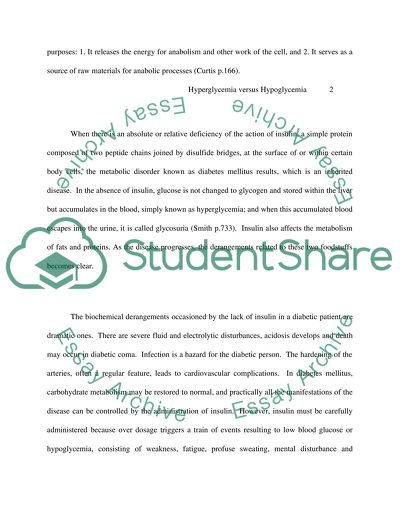Cite this document
(“Hyperglycemia vs. Hypoglycemia Essay Example | Topics and Well Written Essays - 1500 words”, n.d.)
Retrieved from https://studentshare.org/miscellaneous/1549517-hyperglycemia-vs-hypoglycemia
Retrieved from https://studentshare.org/miscellaneous/1549517-hyperglycemia-vs-hypoglycemia
(Hyperglycemia Vs. Hypoglycemia Essay Example | Topics and Well Written Essays - 1500 Words)
https://studentshare.org/miscellaneous/1549517-hyperglycemia-vs-hypoglycemia.
https://studentshare.org/miscellaneous/1549517-hyperglycemia-vs-hypoglycemia.
“Hyperglycemia Vs. Hypoglycemia Essay Example | Topics and Well Written Essays - 1500 Words”, n.d. https://studentshare.org/miscellaneous/1549517-hyperglycemia-vs-hypoglycemia.


